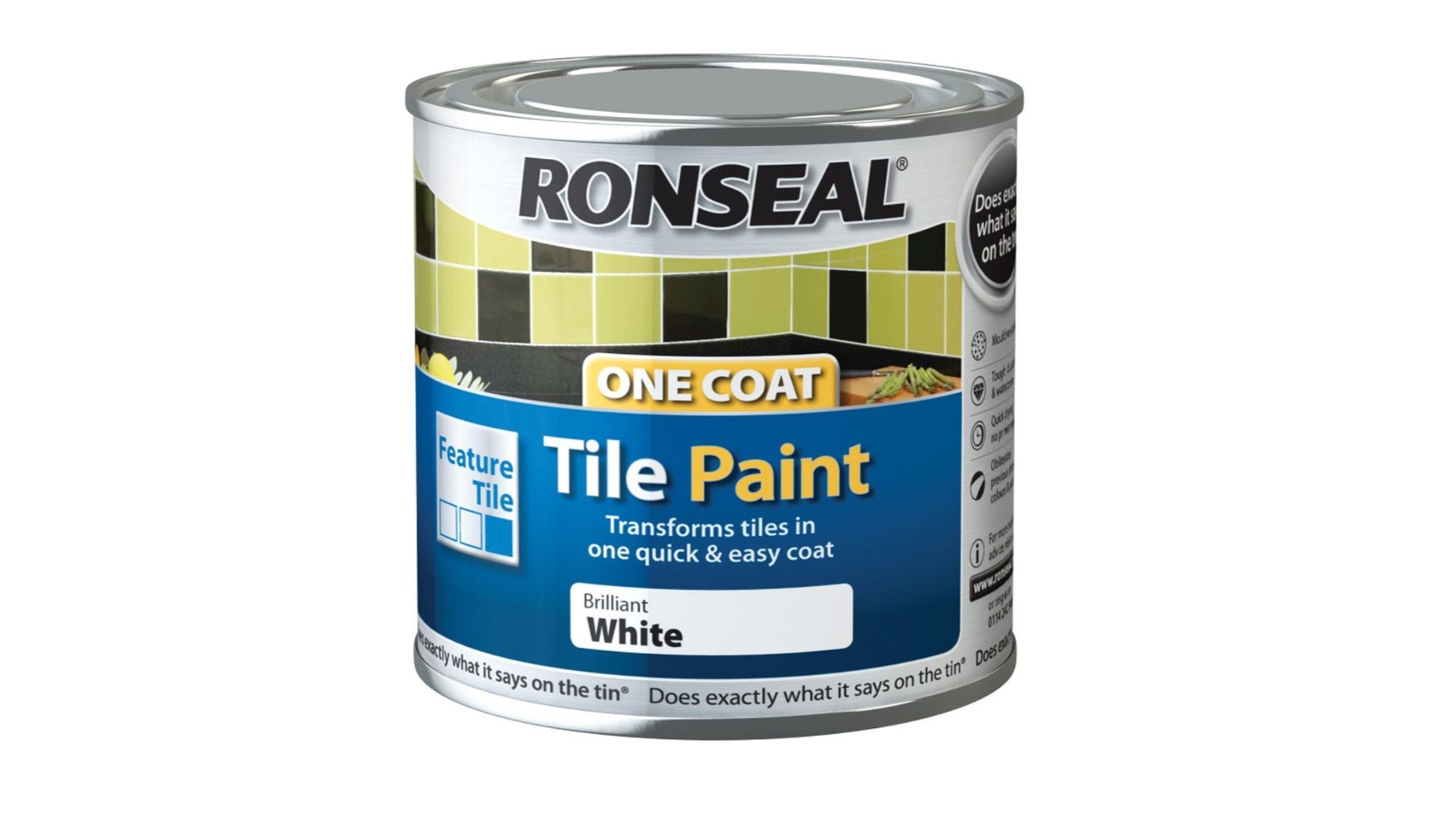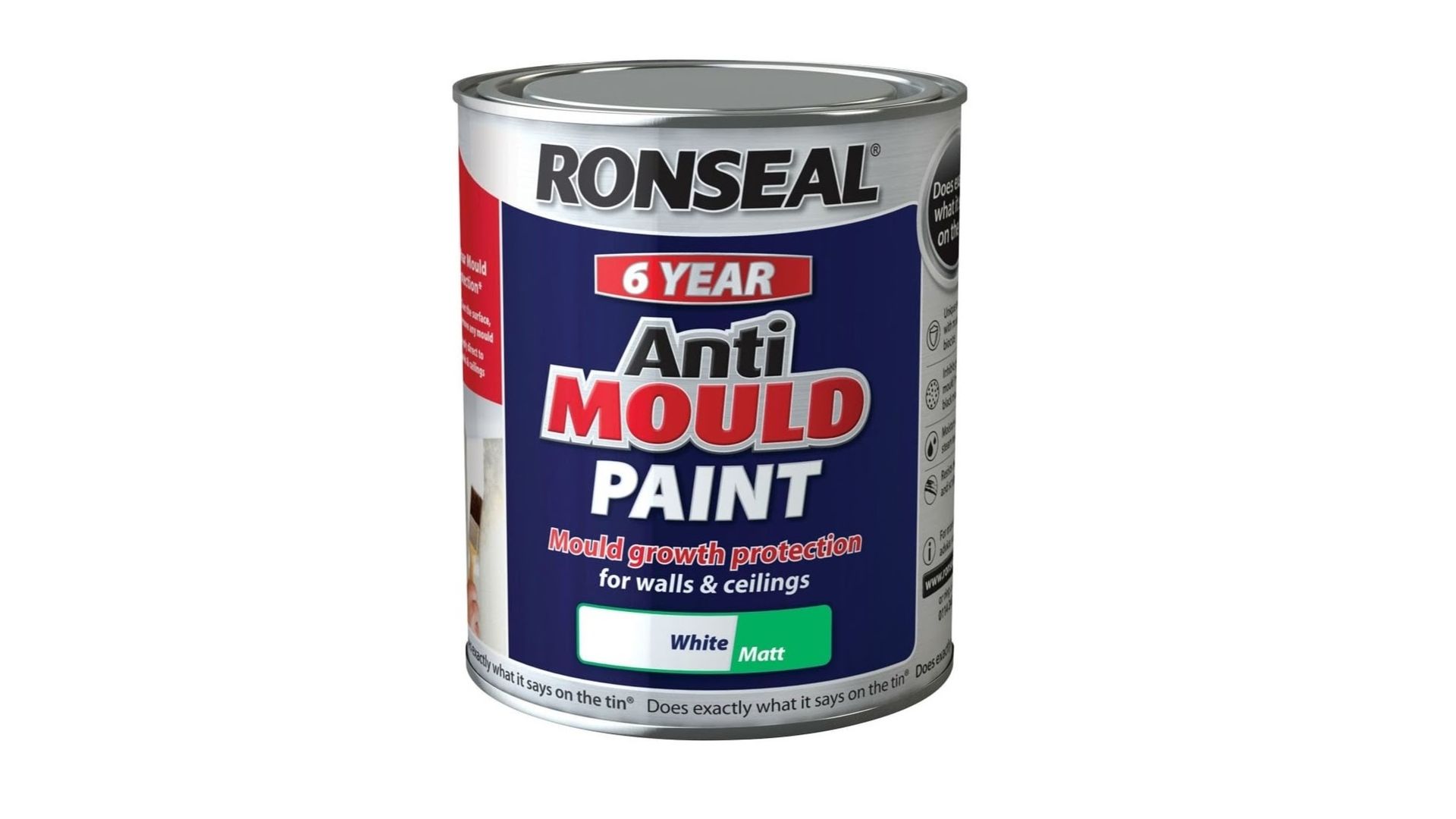Choosing the Right Paint for Moist Bathrooms

Bathrooms present unique challenges for painting due to their high humidity levels, frequent exposure to water, and potential for mold growth. Choosing the wrong paint can lead to peeling, cracking, and even health issues.
Types of Paint for Bathrooms, Paint for moist bathrooms
Selecting the right paint for your bathroom is crucial for achieving a durable and aesthetically pleasing finish. Several paint types are specifically designed to withstand the demanding conditions of a bathroom environment.
- Acrylic Latex Paint: Acrylic latex paints are a popular choice for bathrooms due to their excellent moisture resistance, durability, and ease of application. They are water-based, making them low in odor and easy to clean up. Acrylic latex paints also offer good mildew resistance and are available in a wide range of colors.
- Epoxy Paint: Epoxy paints are known for their exceptional durability and resistance to moisture, chemicals, and abrasion. They form a hard, non-porous coating that is ideal for high-traffic areas and surfaces that are prone to wear and tear. However, epoxy paints can be more challenging to apply and require proper preparation of the surface.
- Oil-Based Paint: Oil-based paints offer excellent durability and moisture resistance but are not as commonly used in bathrooms as acrylic latex paints. They have a strong odor and require solvents for cleanup. Oil-based paints are typically chosen for surfaces that require a high gloss finish or extra durability.
Choosing the Right Paint Finish
The paint finish you choose can significantly impact the look and feel of your bathroom. Each finish has its own unique properties, making it suitable for different bathroom surfaces.
- Matte Finish: Matte finishes are non-reflective and provide a subtle, elegant look. They are ideal for hiding imperfections on walls and ceilings. However, matte finishes are more prone to staining and require more frequent cleaning.
- Satin Finish: Satin finishes offer a slightly sheen finish that is both elegant and practical. They are easier to clean than matte finishes and are suitable for walls and ceilings.
- Semi-Gloss Finish: Semi-gloss finishes provide a noticeable sheen and are durable and easy to clean. They are ideal for high-traffic areas such as trim, doors, and cabinets.
- Gloss Finish: Gloss finishes offer the highest sheen and are highly durable and easy to clean. They are often used for trim, doors, and cabinets in bathrooms.
Preparing the Bathroom for Painting

A well-prepared bathroom surface is crucial for achieving a long-lasting and beautiful paint finish. Before you start painting, you need to properly clean, patch, and sand the bathroom surfaces to ensure a smooth and even application.
Cleaning the Bathroom
Thorough cleaning is the first step in preparing your bathroom for painting. This removes dirt, grime, soap scum, and any other debris that could interfere with the paint’s adhesion.
- Start by removing all items from the bathroom, including towels, rugs, toiletries, and fixtures that can be easily removed.
- Use a mild detergent and warm water to wash all surfaces, including the walls, ceiling, floor, and trim. You can use a soft-bristled brush or sponge for cleaning.
- Rinse the surfaces thoroughly with clean water and allow them to dry completely before proceeding to the next step.
Removing Mildew and Mold
Mildew and mold are common problems in bathrooms due to the high humidity levels. These fungi can cause discoloration and damage to your bathroom surfaces. To remove mildew and mold, you can use a solution of bleach and water.
- Mix one part bleach with three parts water in a spray bottle.
- Apply the bleach solution to the affected areas and let it sit for 10-15 minutes.
- Scrub the surfaces with a stiff-bristled brush to remove the mildew and mold.
- Rinse the surfaces thoroughly with clean water and allow them to dry completely.
Important: When working with bleach, always wear protective gear, such as gloves, goggles, and a mask, to prevent skin and eye irritation. Ensure proper ventilation during the cleaning process.
Patching and Sanding
After cleaning, you need to address any imperfections on the bathroom surfaces, such as cracks, holes, or dents. You can use patching compound or spackle to fill in these imperfections.
- Apply the patching compound or spackle with a putty knife, ensuring that it is smooth and even with the surrounding surface.
- Allow the patching compound or spackle to dry completely before sanding it smooth with fine-grit sandpaper.
Bathroom Surface Preparation Checklist
Here is a checklist of essential steps for preparing your bathroom for painting:
- Remove all items from the bathroom.
- Clean all surfaces with a mild detergent and warm water.
- Remove mildew and mold with a bleach solution.
- Remove old paint, if necessary.
- Remove loose caulk.
- Patch any holes or cracks.
- Sand all surfaces smooth.
- Prime the surfaces, if necessary.
Importance of Ventilation
Proper ventilation is crucial during the bathroom preparation process, especially when working with bleach or other cleaning chemicals. Ventilation helps to remove harmful fumes and prevent the build-up of moisture, which can create a favorable environment for mildew and mold growth.
- Open windows and doors to allow fresh air to circulate in the bathroom.
- Use a fan to help circulate air and remove fumes.
- If you are using a paint sprayer, ensure that the room is well-ventilated to prevent the build-up of paint fumes.
Painting Techniques for Moist Bathrooms

Applying paint in a bathroom requires specific techniques to ensure a durable and long-lasting finish. This section will guide you through the proper methods for painting bathroom surfaces, including walls, ceilings, and trim, while addressing common challenges such as painting around fixtures and corners. We’ll also delve into the importance of using high-quality tools and the benefits of applying a primer before the final coat of paint.
Painting Bathroom Surfaces
Painting bathroom surfaces involves a few key steps that ensure a smooth and even application of paint. Here’s a breakdown of the process:
- Prepare the Surface: Thoroughly clean the surface using a mild detergent and water. Allow the surface to dry completely before proceeding.
- Apply Primer: Applying a primer is crucial, especially in bathrooms, as it creates a barrier between the surface and the paint, enhancing adhesion and preventing moisture from damaging the paint. Choose a primer specifically designed for bathrooms or high-moisture areas.
- Choose the Right Paint: Opt for a paint specifically formulated for bathrooms, as it will resist mildew, moisture, and humidity. Acrylic latex paints are a popular choice due to their durability, easy application, and low VOCs.
- Apply Paint in Thin Coats: Apply the paint in thin, even coats, allowing each coat to dry completely before applying the next. This prevents paint from dripping or running, ensuring a smooth and professional finish.
- Use a High-Quality Paintbrush and Roller: Invest in a high-quality paintbrush and roller specifically designed for latex paints. These tools will ensure smooth and even paint application, minimizing brushstrokes and roller marks.
Painting Around Fixtures and Corners
Painting around bathroom fixtures and corners requires precision and careful techniques. Here’s a step-by-step guide:
- Protect Fixtures: Cover all fixtures, such as faucets, showerheads, and towel bars, with painter’s tape. This protects them from paint splatters and ensures a clean finish.
- Use a Small Brush: For tight spaces and corners, use a small angled brush to apply paint with precision. This allows you to reach those hard-to-reach areas without smudging or overlapping.
- Cut In First: Before using a roller, use the small brush to “cut in” around the edges and corners, creating a clean line. This helps prevent the roller from getting too close to the fixtures and creating uneven paint application.
- Use a Roller Extension: For reaching high areas, such as the ceiling, use a roller extension pole to extend your reach. This helps avoid straining and ensures a consistent paint application.
The Importance of Using a High-Quality Paintbrush and Roller
Using high-quality tools is crucial for achieving a professional paint finish. A high-quality paintbrush and roller will ensure:
- Smooth and Even Application: High-quality brushes and rollers have bristles or fibers that are designed to distribute paint evenly, minimizing brushstrokes and roller marks.
- Reduced Dripping and Spattering: Well-made brushes and rollers hold the right amount of paint, preventing drips and splatters that can mar the finished surface.
- Increased Durability: High-quality tools are made with durable materials that can withstand repeated use, ensuring long-lasting performance.
The Benefits of Using a Primer Before Applying the Final Coat of Paint
Applying a primer before the final coat of paint offers several advantages, especially in bathrooms:
- Enhanced Adhesion: Primer creates a bonding layer between the surface and the paint, improving adhesion and preventing the paint from peeling or flaking.
- Moisture Resistance: Primer acts as a barrier against moisture, preventing it from penetrating the paint and causing damage. This is particularly important in bathrooms, where humidity levels are high.
- Improved Coverage: Primer can help to cover up imperfections and stains on the surface, creating a smooth and even base for the final coat of paint.
